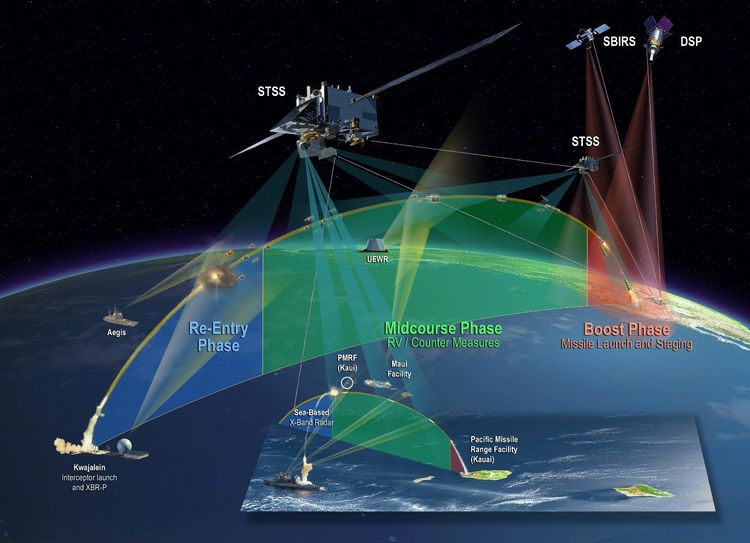Northrop Grumman-built missile tracking satellites reach tenth year on orbit
STSS satellites demonstration program paves the way for future missile defense

The Space Tracking and Surveillance System (STSS) satellites built by Northrop Grumman Corporation for the US Missile Defense Agency (MDA) have far surpassed their four-year on-orbit design life, completing a tenth year of space operations. Still in operation today, the STSS satellites continue to provide critical support for missile and national defense.
Two STSS satellites were launched into low Earth orbit in 2009 and proved the operational value of space-based precision mid-course ballistic missile tracking. STSS has tracked ballistic missiles through all phases of flight and in 2013 demonstrated the "launch on remote" capability, which significantly expands the defended area of a US Navy Aegis cruiser.
"STSS proved that space-based assets could significantly improve our nation's missile defense capability and paved the way for future systems," said Bob Mehltretter, vice president, military and civil space, Northrop Grumman. "Being able to track missiles from low Earth orbit allows threats to be engaged earlier in the process using existing interceptors."
"Northrop Grumman is leveraging all the experience we gained from our legacy OPIR [Overhead Persistent Infrared] systems – STSS, DSP [Defense Support Program], and SBIRS [Space Based Infrared System] – to develop our nation's future OPIR programs," said Mehltretter.





